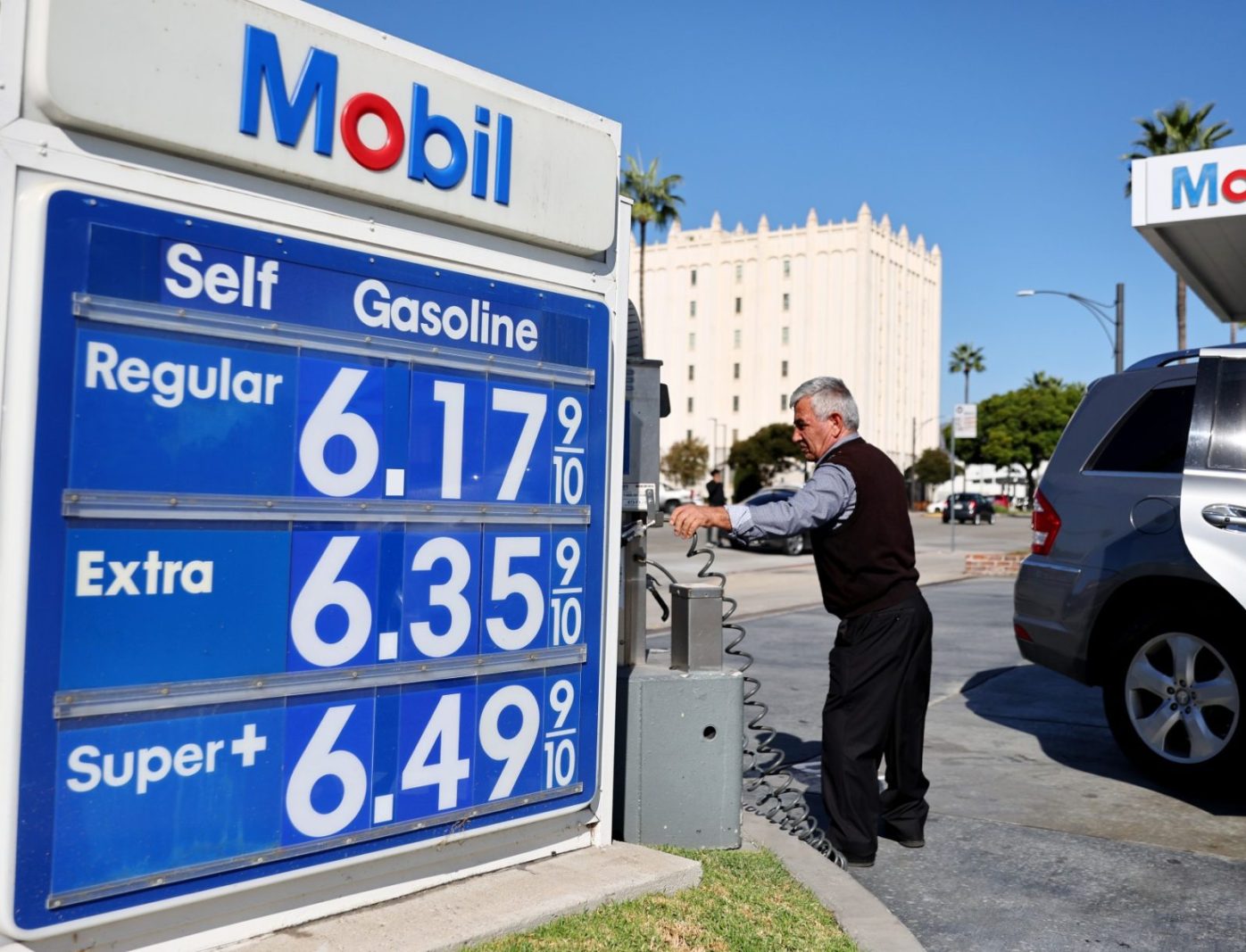Exxon Mobil projected that greenhouse-gas emissions and the efforts to keep the planet’s temperature from rising beyond an increase of 2 degrees Celsius by 2050 is destined to fail in a report released by the oil giant on Monday.
Oil and natural gas are projected to meet more than half of the world’s energy needs in 2050, or 54 percent, because of their “utility as a reliable and lower-emissions source of fuel for electricity generation, hydrogen production, and heating,” according to the Houston-based company.
The report stated carbon emissions stemming from burning fossil fuels and energy consumption will drop to 25 billion metric tons in 2050, due to the rise of renewable energy sources, decline of coal, and improvements in energy efficiency. This is expected to bring down energy consumption by 26 percent from a peak of 34 billion metric tons projected sometime in the current decade. But despite that decline in emissions, the worldwide carbon output is predicted to rise well above the levels the United Nations’ climate-science advisory body says would limit the effects of climate change.
According to Exxon’s researchers, the world will see a 25 percent increase in population that will drive an economy twice the size of today’s. That level of growth is practically unprecedented: The report points out that it took thousands of years for the world to reach its first 2 billion people, which happened around 1930. Now the planet, already home to 8 billion people, is projected to add 2 billion more over the next 27 years.
“Fossil fuels remain the most effective way to produce the massive amounts of energy needed to create and support the manufacturing, commercial transportation, and industrial sectors that drive modern economies,” the report said. ExxonMobil is investing more money to increase oil and gas production than any other company in the U.S., according to its website.
Additionally, global gross domestic product, or GDP, is expected to more than double from 2021 to 2050, with developing nations growing at more than twice the rate of developed countries. Between now and 2050, developing countries will see GDP per capita more than double, driving higher demand for energy.
“Meeting that demand with lower-emission energy options is vital to making progress toward society’s environmental goals,” said the researchers. “At the same time, failing to meet demand would prevent developing nations from achieving their economic goals and their citizens from living longer, more fulfilling lives.”
In order to achieve the targets outlined by the U.N.’s Intergovernmental Panel on Climate Change and avoid the worst of climate change and natural disasters, the world needs emissions to drop to 11 billion metric tons on average by 2050, Exxon said. The researchers also noted that the world’s current push to halt carbon emissions by more than 25 percent by 2050 “is a testament to the significant progress expected to be made.”
Currently, the oil company faces several lawsuits across the U.S. accusing it of climate change deception, seeking billions in damages.
The oil company has said it supports the 2015 Paris climate accord but maintains the world will have to keep consuming oil and natural gas to fuel economic growth.
Exxon is investing $17 billion over a six-year span through 2027 in lower carbon emissions technologies, including carbon capture and sequestration and hydrogen. The company says these two technologies hold significant promise for hard-to-decarbonize sectors such as the steel, chemical, and cement industries.
Most of the funds are directed to reducing carbon emissions in-house and from third-party operations. While Exxon has so far stayed away from developing renewable sources, it expects wind and solar to provide 11 percent of the world’s energy supply in 2050, or five times today’s contribution.




